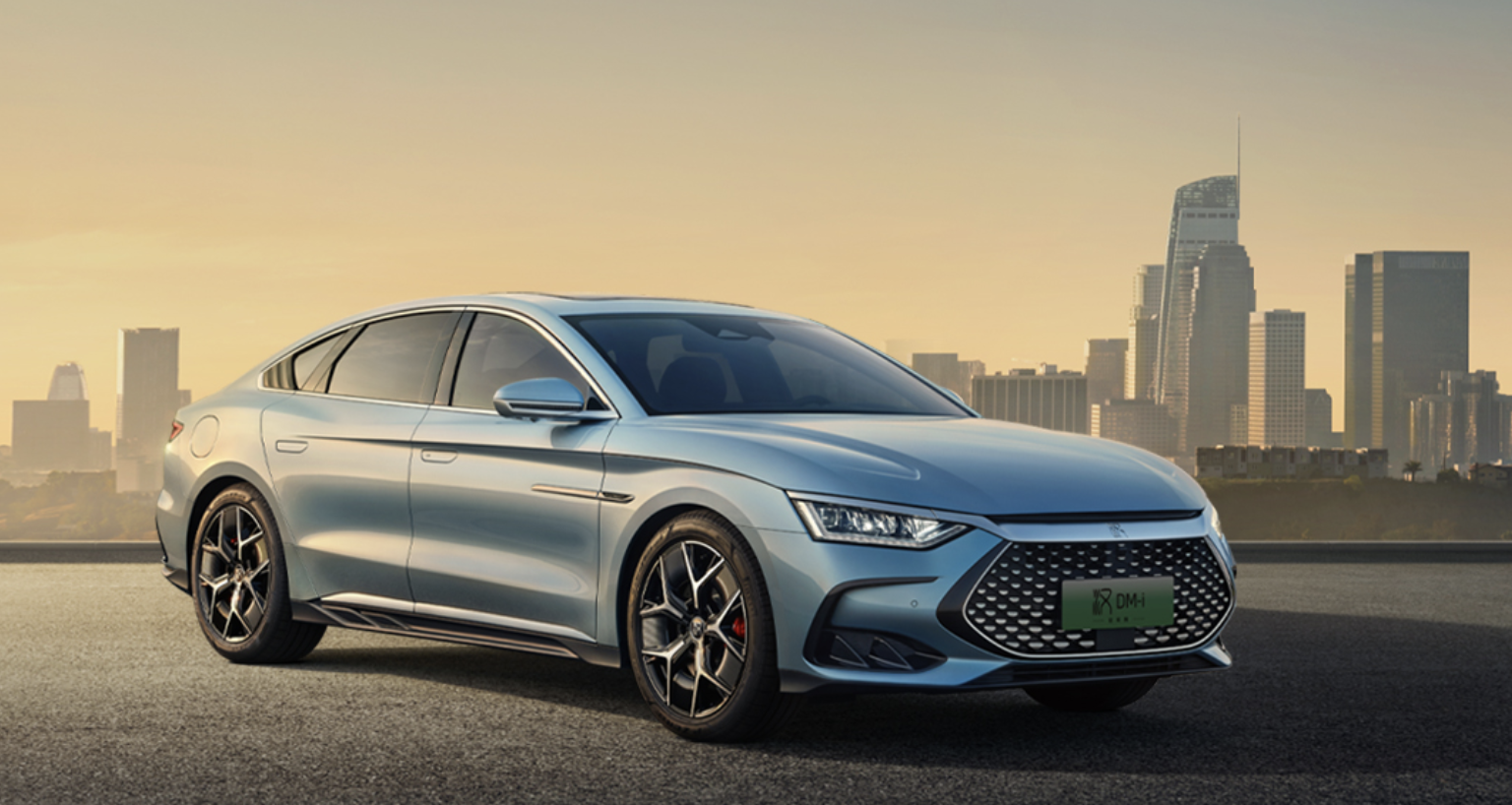Tesla will introduce solar charging?
Tesla is preparing to introduce a new feature that will allow owners to use excess solar energy to charge their cars. If your home generates more energy than it uses, this excess energy can be automatically directed to your car.
For solar panel owners, options are limited when your panels produce more energy than you use. If you have Powerwalls, the system shuts them down, but once they are full, the system sends any excess energy back to the grid.
But if you own a Tesla, you'll soon be able to automatically start charging your vehicle when excess energy is generated. Tesla calls the new feature "Sunshine Driving," and it focuses on providing the cleanest possible charge for Tesla vehicles.
Tesla has already started updating their app with some details about this new feature. The feature will direct users to plug in their home during the day to utilize the remaining clean energy generated by their solar system.
How will it work?

The Tesla app allows you to set charging limits for your vehicle. However, with this new feature enabled, you'll have access to two charging sliders. The first slider will control how much your vehicle charges regardless of where the energy comes from. You will be guaranteed to receive this amount every night. However, you'll be able to use a new slider to set a maximum charge level, but only with clean energy from the solar system.
This will allow you to set the daily charge limit to a minimum amount, say 60%. You can then set the solar limit to a higher value, such as 90%. This will allow your vehicle to charge to a preset charge level when your solar system generates excess energy.
By setting charging goals and specifying when and where they want to charge, Tesla owners can ensure their vehicles are fully charged before excess energy is sent to the grid.
Apple inspired?

Apple optimizes iPhone charging time by prioritizing clean energy from the grid. This approach is in line with Tesla's mission to create zero-emission vehicles that can be charged using clean, renewable energy.
The app also allows users to use available energy to charge the car's battery for daily driving needs, while reserving a portion of the battery for charging when surplus solar power is available.




